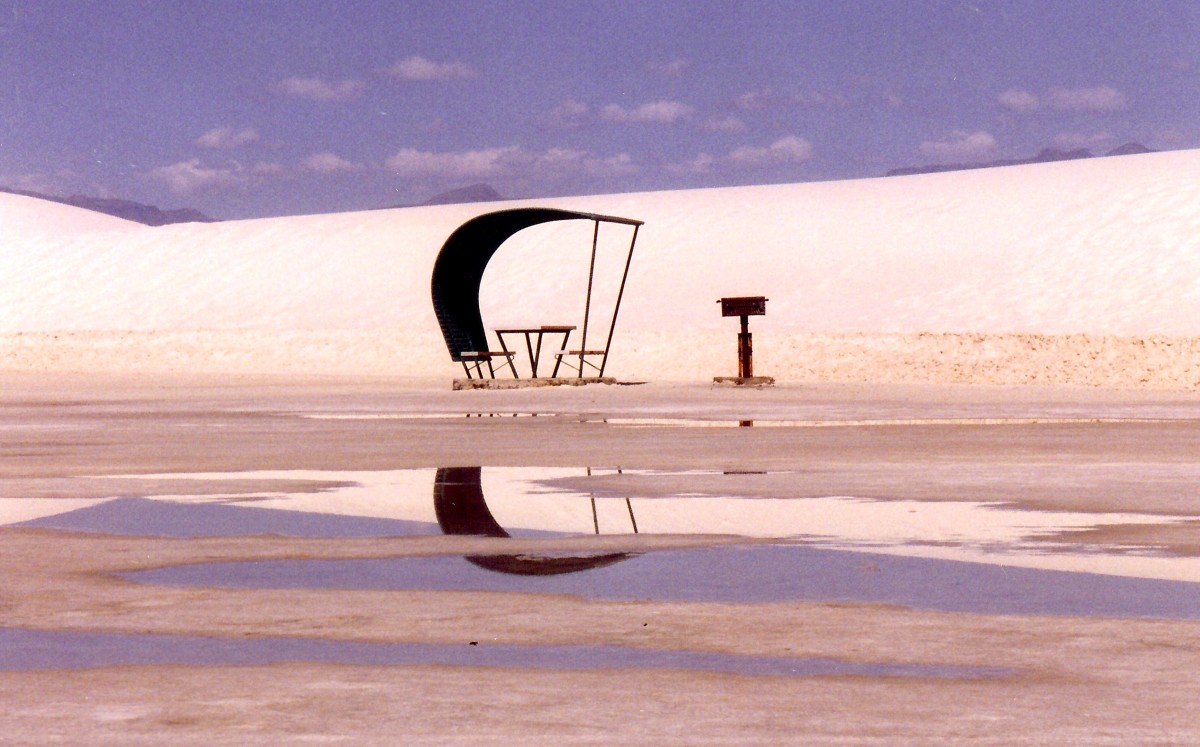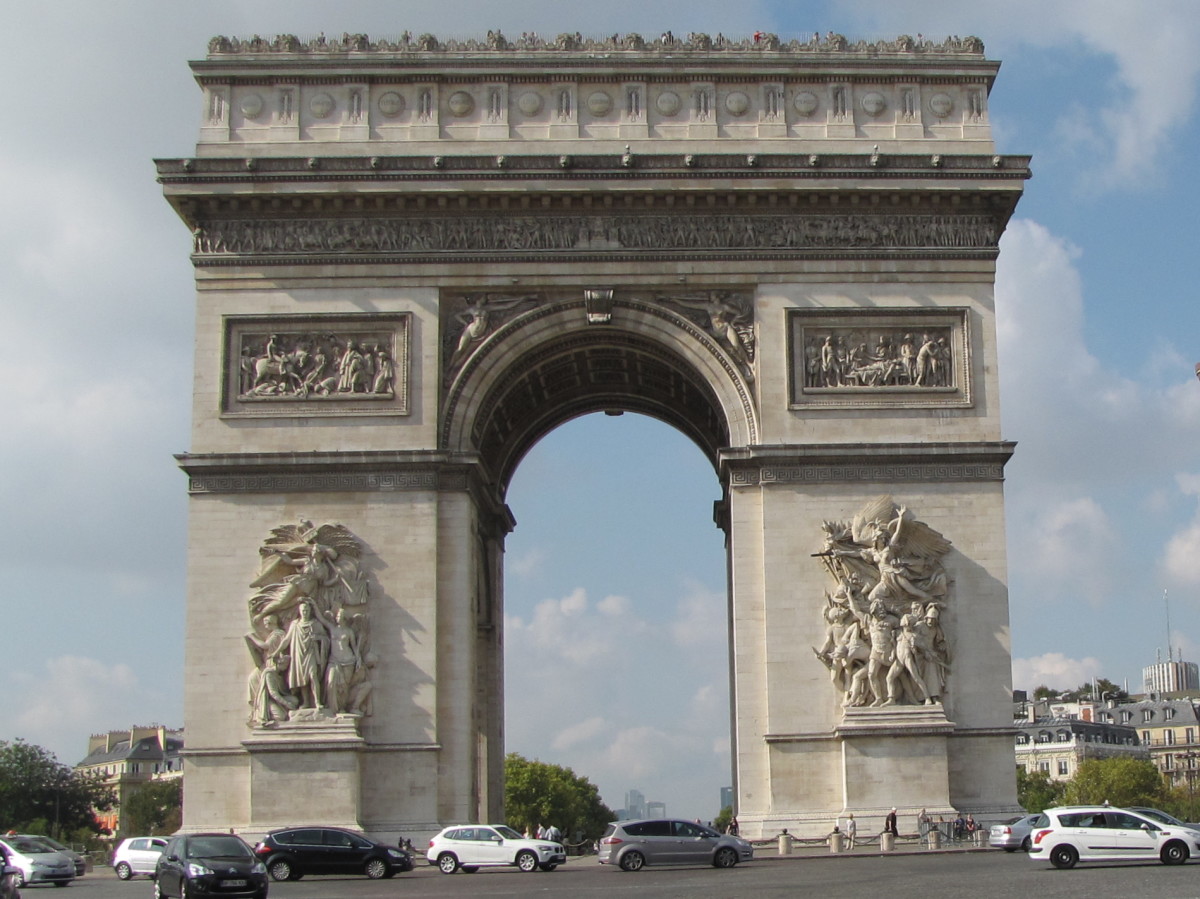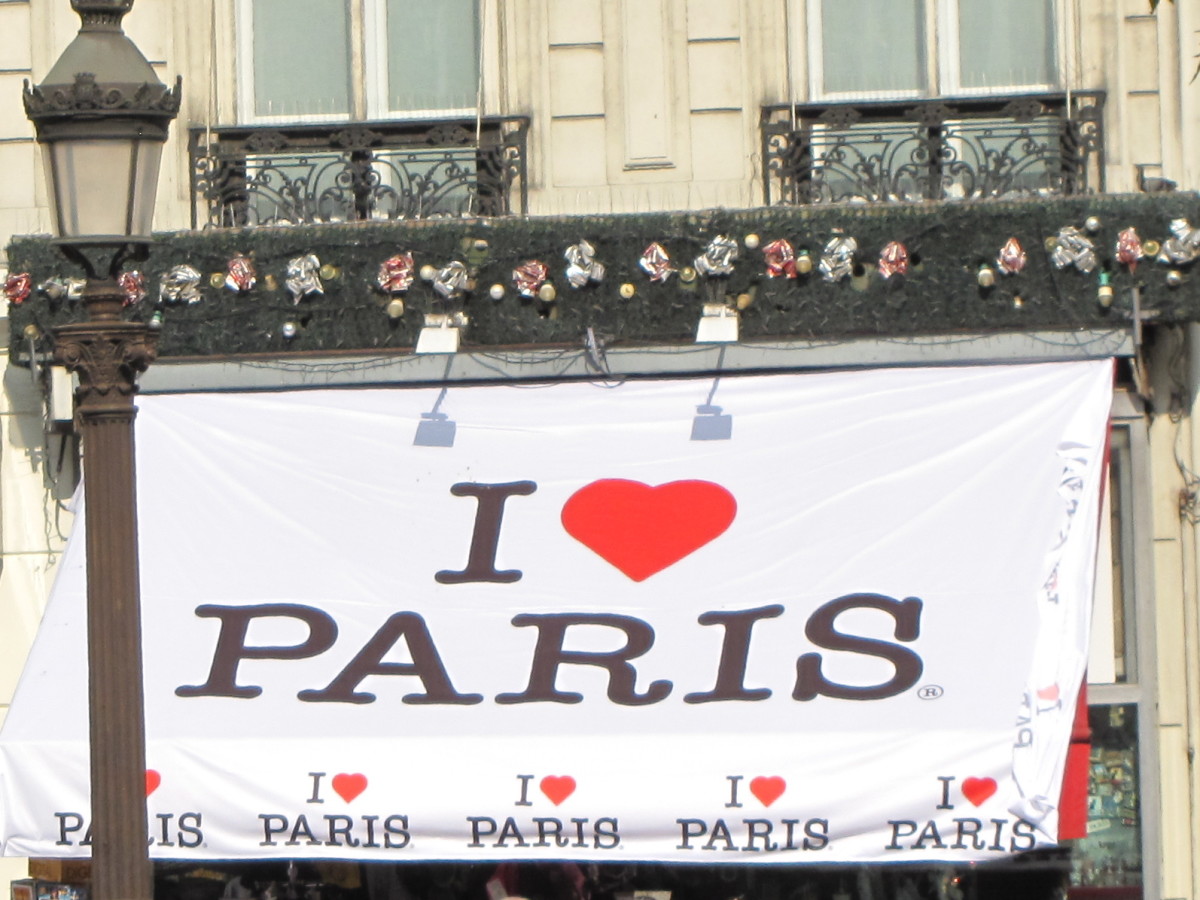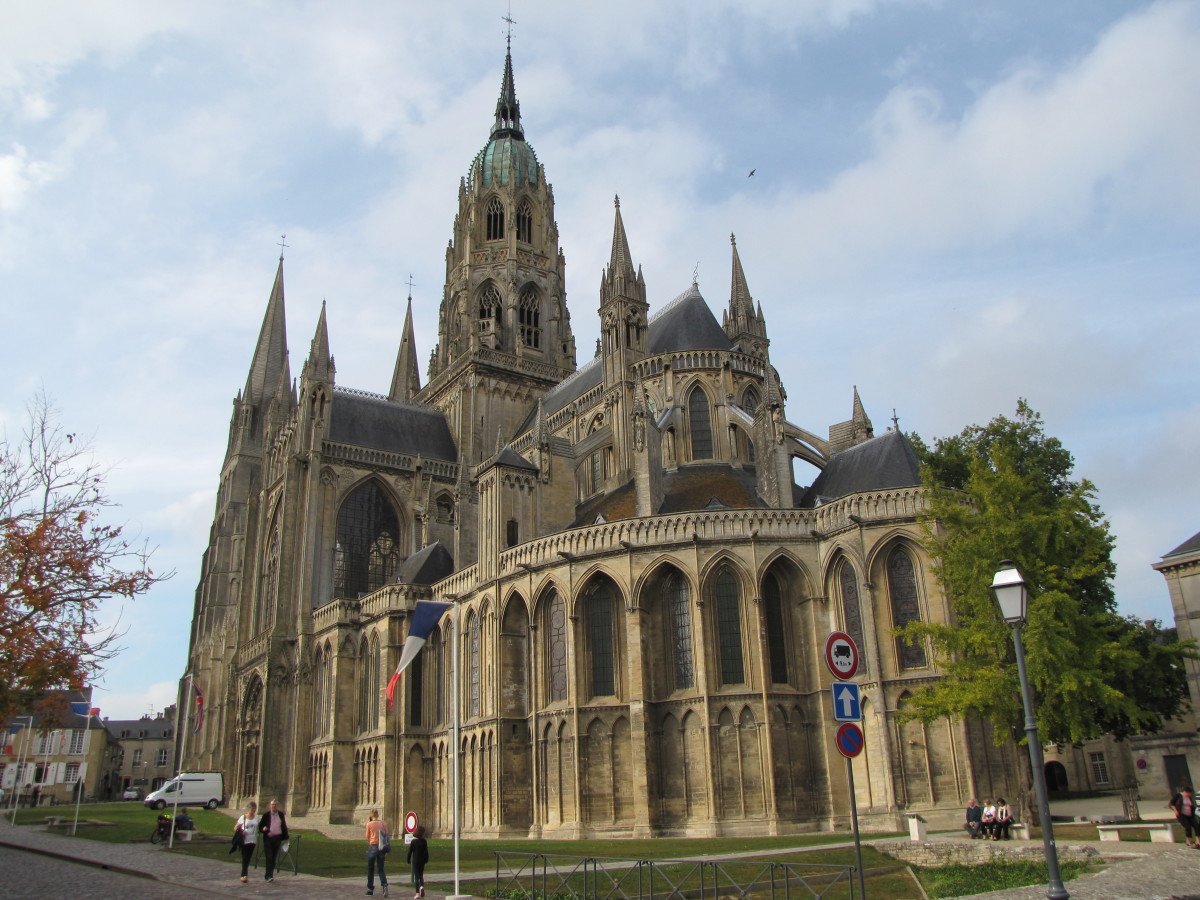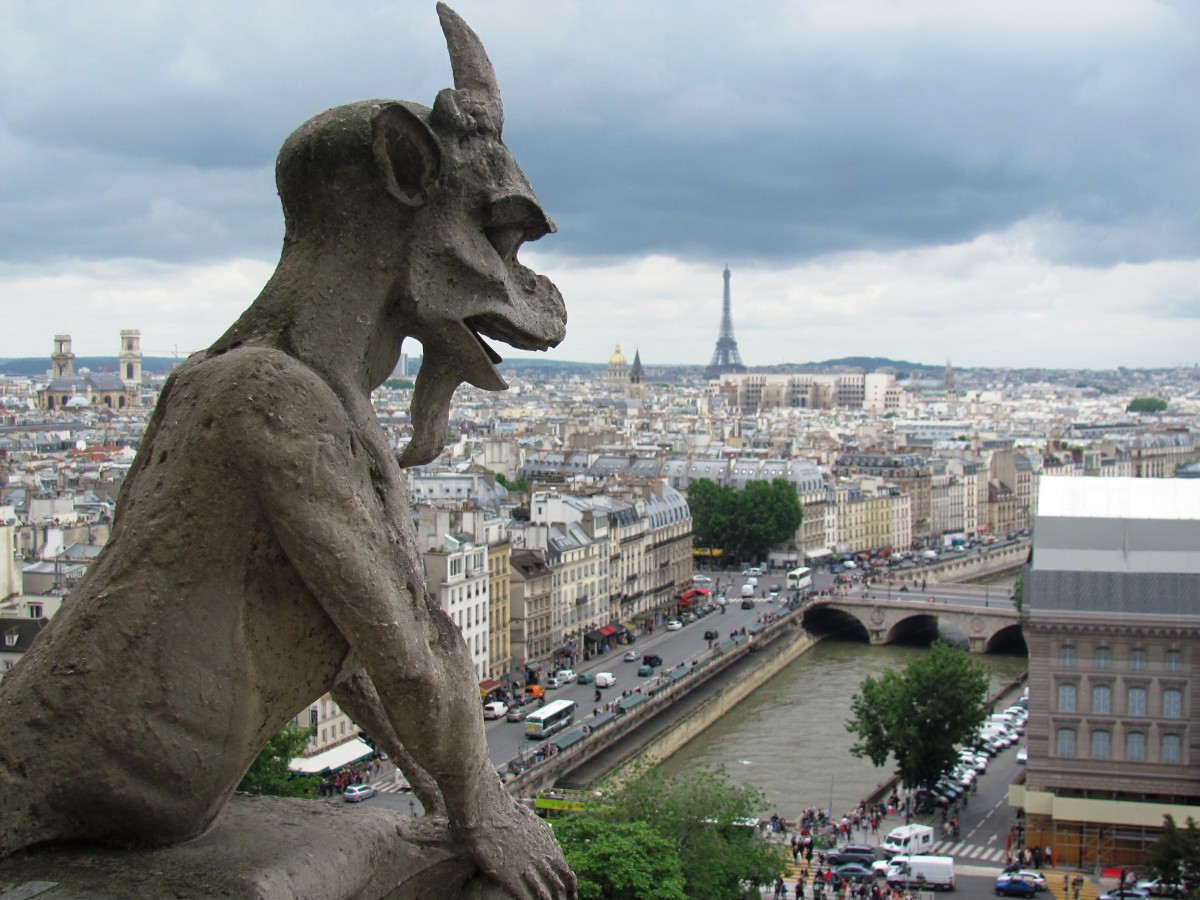Visiting Bray-Dunes, France: North Sea Wind and the Furies of Submerged Territorial Psychologies
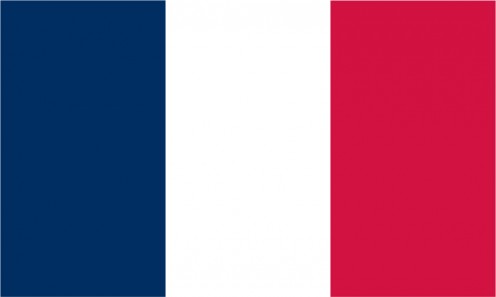
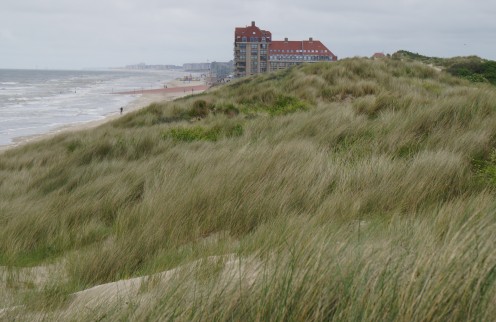
Wind and dunes submerging excruciating history
Bray-Dunes, in the arrondissement of Dunkirk (French: Dunkerque; Dutch: Duinkerken) French Flanders, is a North Sea (French: Mer du Nord) resort, known for the bracing winds along its boardwalk.
Unquestionably facing the North Sea, it is also unquestionably in France, albeit the northernmost municipality of metropolitan France (see map, below).
It lies adjacent to De Panne (French: La Panne), Belgium, 4 km away.
Therein lie many tales and hidden complexities. To summarize local topography, Bray-Dunes lies amid extensive, coastal sand dunes which merge into the Belgian coastline at De Panne. The fictional account of smuggling along these dunes which forms the background to Maxence Vander Meersch's La Maison dans la Dune (1) is underlain by the reality of hidden tensions and accommodations between local people on either side of the border in times of ostensible peace.
In wartime — especially World War One — Bray-Dunes was a furiously tense place to be. The Imperial German Army had overrun all of Belgium except for a small bridgehead at De Panne, which became the headquarters of King Albert I of the Belgians. In 1917 adjacent Bray-Dunes was the scene of a visit of British King George V and Edward, Prince of Wales (see historical photo, below) to British troops stationed there.
Dunes around Bray-Dunes thus defined a standoff between the armies of a number of countries in close proximity to this intriguingly situated French municipality.
In World War Two, the Dunkirk Evacuation of 1940 took place on the beaches a short distance to the west of the town.
Wind and dunes may seem fairly harmless elements not controversial enough for foreign armies to fight over, but the reality is that the proximity of the Franco-Belgian border has meant that the town faced the full blast of the munitions of a number of armies, fired in anger in 20th century wars.
The Belgian coastline, continuing eastwards from Bray-Dunes, is barely 70 kilometres long, but the fact that the Belgian border runs to the boundary of the municipality has been of marked significance to the war conflicts and blood-letting that the town has seen. (At Bray-Dunes, so to speak: Flanders crying in pain?)
In World War One, The Netherlands was neutral, separated from Belgium by an electric fence which ran to the North Sea.
A thought-provoking fact, however, is that, prior to 1830, it was The Netherlands that bordered what is now Bray-Dunes in this area of the extreme north of France, when the Dutch kingdom's territory was more extensive.
So Bray-Dunes is deeply defined by its proximity to Belgium and by the military results of the violation of Belgian neutrality in 1914; yet 84 years previously The Netherlands — neutral in World War One - extended to the boundary of what is now this windswept resort.
If one stands in the North Sea wind by the dunes, and contemplates the elements and the locality's hidden, historical psychologies, one might be forgiven for fleetingly asking oneself — at least as far as Bray-Dunes is concerned — what was World War One, which suddenly came cashing down upon this windswept border town, really all about? What indeed do the submerged, territorial resonances of Bray-Dunes tell us about the human condition?
I leave these questions open.
November 17, 2017
Note
(1) Maxence Vander Meersch, La Maison dans la Dune, Albin Michel, 1932. This was the writer's first novel; many of his works are informed by the territoriality of Flanders and the psychologies of transition.
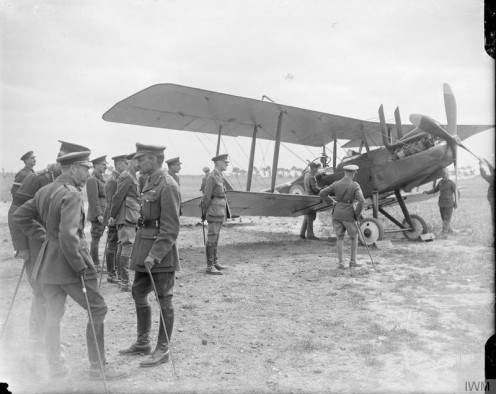
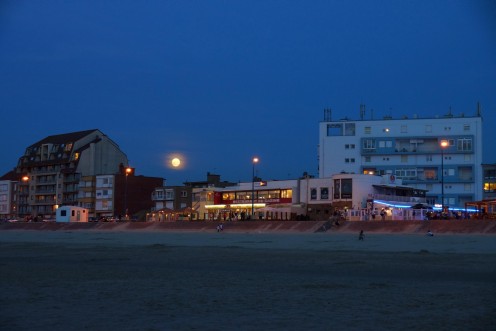
Also worth seeing
In Bray-Dunes itself, the parish church has artifacts relating to the former fishing industry based in the town.
Calmeynbos , Adinkerke , Belgium (distance: 5.8 kilometres) is a wooded nature reserve in a locality which saw much action during both World Wars 1 and 2.
...
How to get there: A number of North American airlines fly to Paris Charles de Gaulle Airport, and the French SNCF railroad links Paris with nearby Dunkirk. But the nearest large international airport to Bray-Dunes is Brussels Airport (Brussel Nationaal / Bruxelles-National). Belgian rail links exist between Brussels and nearby De Panne. Car hire is available in Paris, Dunkirk, Brussels and elsewhere. Please check with the airline or your travel agent for up to date information. You are advised to refer to appropriate consular sources for any special border crossing arrangements which may apply to citizens of certain nationalities.
MJFenn is an independent travel writer based in Ontario, Canada.
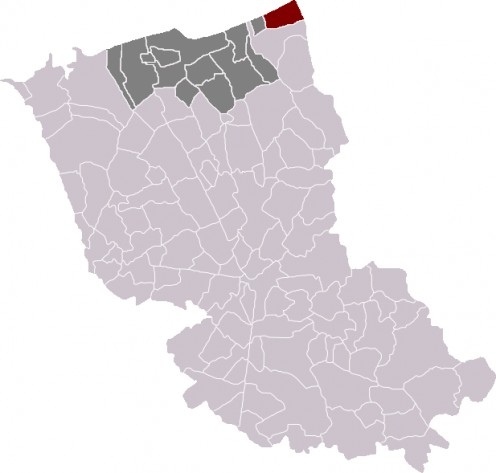
Other of my hubpages may also be of interest
- Visiting the boardwalk of the northern extremity of France at Bray-Dunes, with its colourful flag: a
Flag of France FlagPictures.org Flag of Bray-Dunes 'User:Pichasso', GNU / Creative Commons A-SA 3.0, wikipedia.org No, this is not Gabon! This hub is not just about to give impressions of a visit to equatorial Africa (it's never been my privilege to. - Visiting the Calmeynbos, Belgium: nature reserve as psychological barrier and healer
Woodland walks have long been planted on territory near the Franco-Belgian border which once resonated with the fierce sounds of World War One battles.

